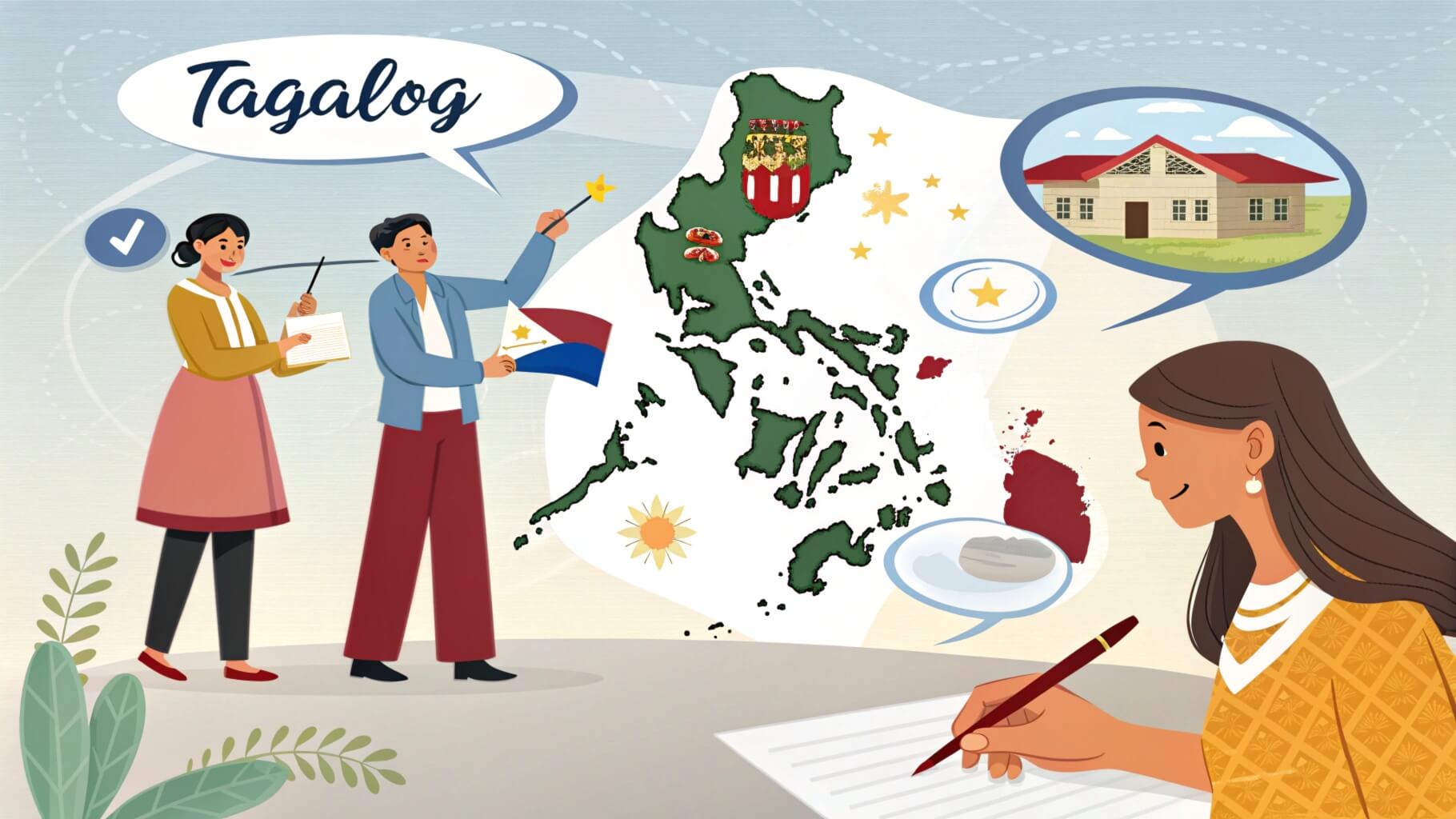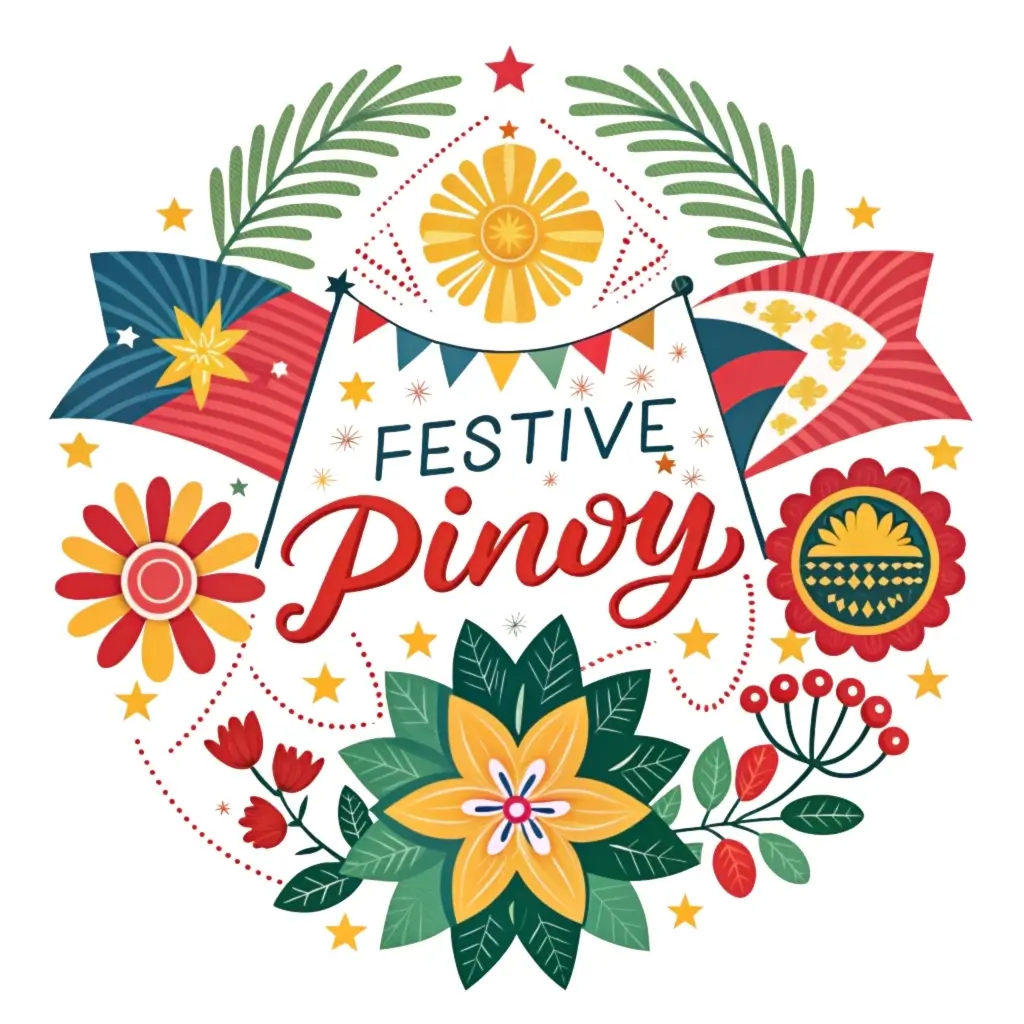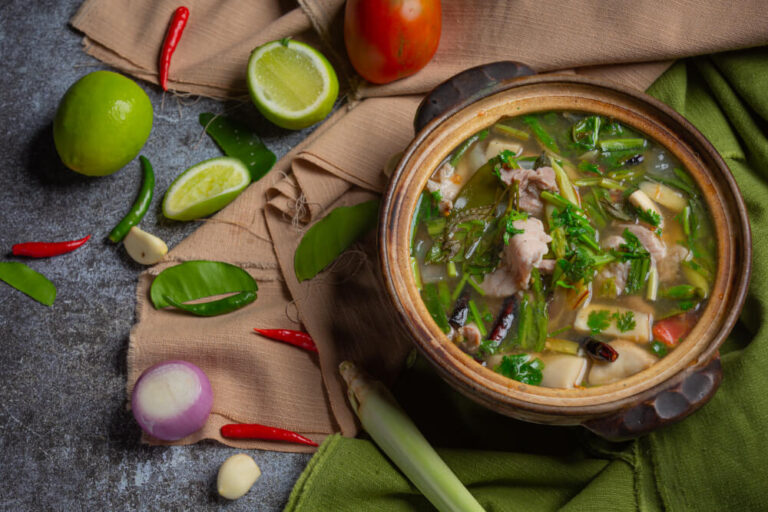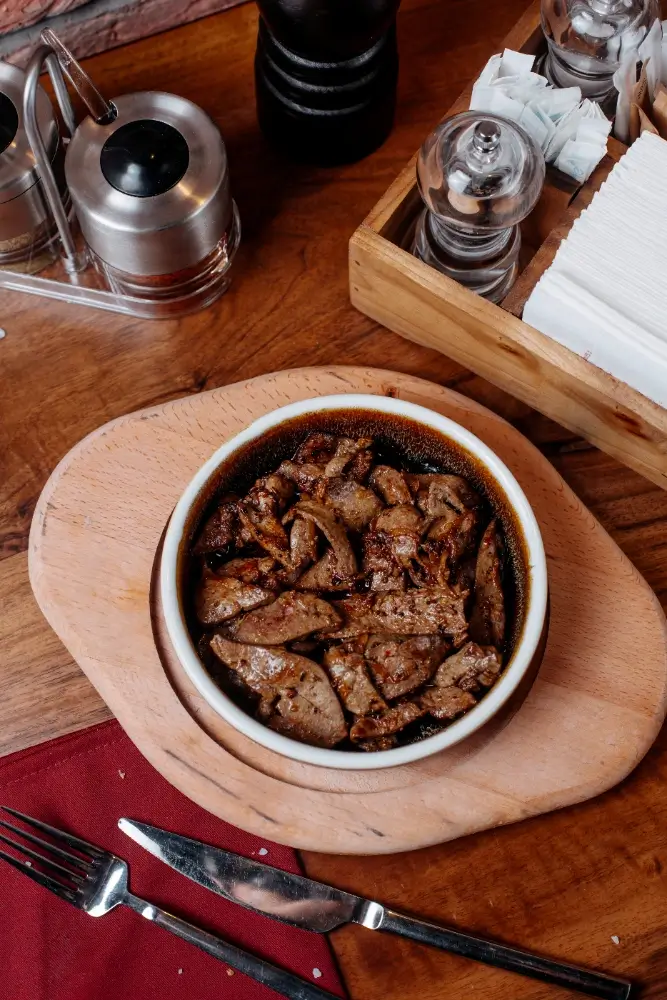What is Tagalog

Tagalog is one of the major languages of the Philippines. It serves as the basis for the national language, Filipino. Tagalog is the native language of the ethnic Tagalog people, who primarily reside in the central and southern parts of Luzon, the largest and most populous island in the Philippines.
History of Tagalog
The history of Tagalog can be traced back to the Austronesian language family, which is a group of languages spoken throughout Southeast Asia and the Pacific islands. Over centuries, Tagalog evolved through interactions with other cultures and languages, including Spanish, due to the period of Spanish colonial rule from the 16th to the 19th century.
In the early 20th century, the need for a national language in the Philippines became a significant issue. In 1937, Tagalog was chosen as the basis for the development of the national language, later named Filipino. This decision was formalized in the 1987 Philippine Constitution, which declared Filipino, together with English, as the official language of the country.
Today, Tagalog is taught in schools and used in both formal and informal communication. It continues to evolve, drawing influences from both local dialects and global languages. As a result, contemporary Tagalog often incorporates modern vocabulary and expressions, reflecting the changing dynamics of Filipino society. In addition to its linguistic development, the culture surrounding Filipino cuisine thrives, with many people sharing their favorite dishes and culinary secrets online, such as a sinigang recipe and cooking tips. This blend of tradition and innovation not only preserves the language but also enhances the cultural heritage of the Philippines. This dynamic growth reflects the rich cultural heritage of the Philippines, where traditional customs blend seamlessly with modern practices. For instance, the barong tagalog traditional wear is frequently worn during formal occasions, showcasing not only the beauty of Filipino craftsmanship but also the enduring significance of the language and its cultural context. As Tagalog continues to thrive, it serves as a vital link connecting generations of Filipinos to their roots while also accommodating contemporary changes.
Frequently Asked Questions
What is the difference between Tagalog and Filipino?
While Tagalog is a specific language, Filipino is the standardized form of Tagalog and is the national language of the Philippines. Filipino incorporates elements from other Philippine languages and global languages.
Is Tagalog widely spoken?
Yes, Tagalog is widely spoken in the Philippines. It is also understood by many Filipinos nationwide, especially due to its prominence in education and media.
How many people speak Tagalog?
Approximately 28 million people speak Tagalog as their first language, and it is estimated that over 80 million people speak it as a second language.
Are there dialects of Tagalog?
Yes, there are several dialects of Tagalog spoken in different regions of the Philippines, such as Batangas Tagalog and Quezon Tagalog, each with unique variations and nuances.
Is learning Tagalog difficult for English speakers?
Learning Tagalog can be challenging for English speakers due to its different grammatical structures and sounds. However, basic conversational skills can be acquired with dedicated study and practice.


